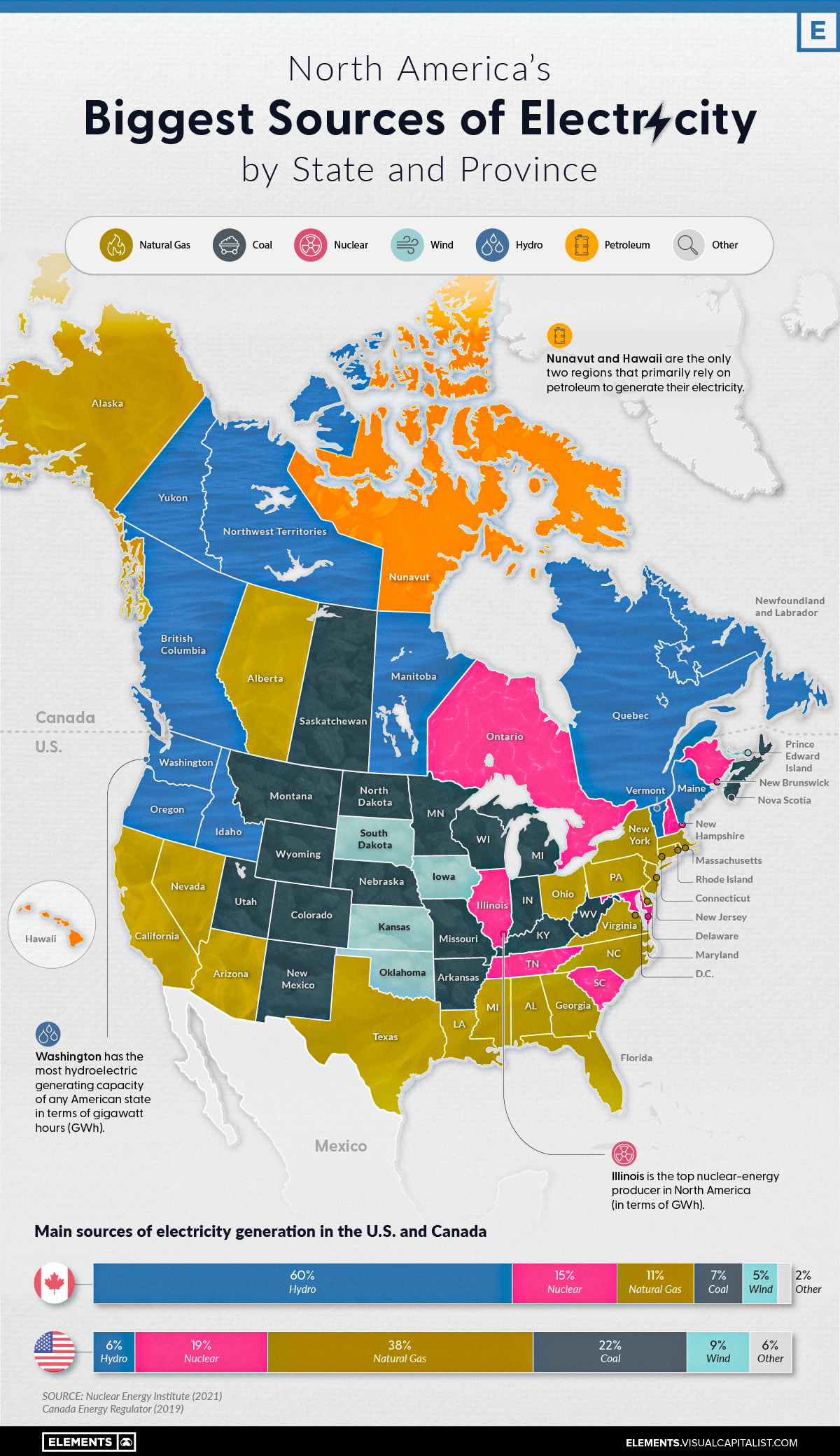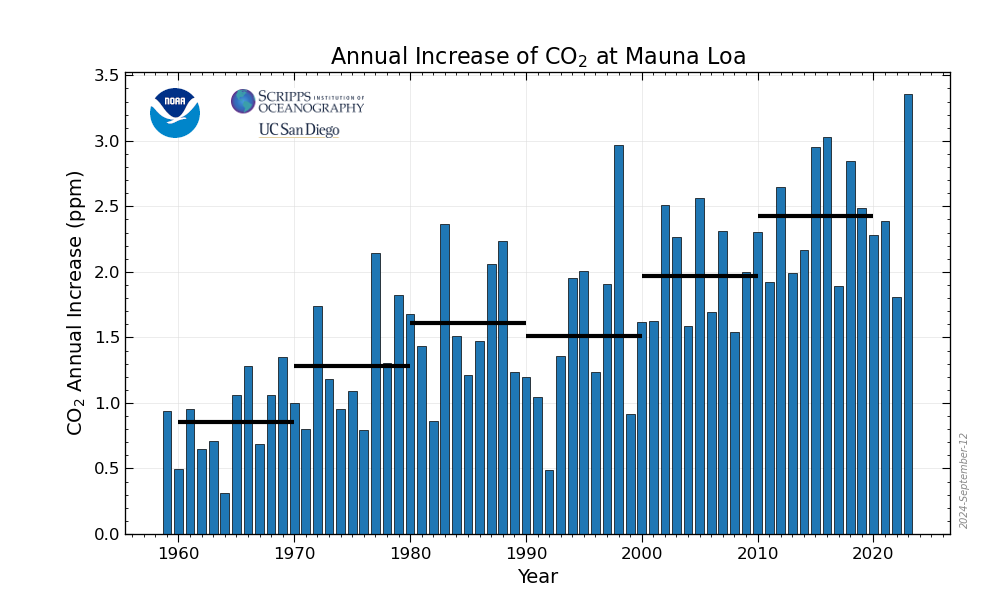NNadir
NNadir's JournalI just realized my kid got an acknowledgement in a Ph.D. thesis for stuff he did as an undergrad.
Apparently he helped a grad student with something when he was interning at ORNL just before his junior year. It was enough to earn an acknowledgement.
The thesis was on the relations between amorphous materials and crystalline materials.
Pretty cool. I have to ask him about it next time I talk to him.
In my reading, I came across an interesting quote from a book that caused me to order it.
The book I'm reading now is a picture book for the non-profession on cognition called "How to Win the War on Truth," subtitled:
(The author is decidedly on our side of the political spectrum.)
In the chapter called "Bias and the Brain" another work is quoted as follows:
It's from Robert Trivers, a sociobiologist, and the book in which it appears is called The Folly of Fools.
My library has it. I ordered it, even though I'm very far behind in getting through my reading list.
I failed as a father to teach my kid history.
So I told my wife that there was almost a "Tenerife" at "JFK" yesterday.
I can understand not knowing what "Tenerife" (the collision of two jumbo jets on the runway) was, but...
On hearing the remark my son piped in to say "...imagine how embarrassing that must be for a President of the United States..."
"What?" I asked.
"...to be named after an airport!"
It's an internet joke apparently.
So I have that new improved souped up XBB.1.5 Covid.
As I noted in a previous post in this space my wife got Covid last week:
The mask is back on. My wife has XBB.1.5 (apparently) Covid.
I commented on some of the science behind this new variant, which apparently is well equipped to evade antibodies generated by vaccines here: Some pretty bad news on the XBB.1 Covid Variant.
My wife was pretty sick for about two days; she's almost completely better, five days out.
My son also tested positive; he had a cough, some lethargy, and congestion. He had to organize an art show he's supervising remotely, so not as to infect people, not an easy trick, but he was not so sick as to be unable to do it.
Now I have it. Like my previous adventure with breakthrough Covid, it feels like a very, very, very bad cold, chills, mild fever, congestion, occasional cough, headache and lethargy. I think the worst was yesterday. I'm feeling better today. I'm still sick, but have been able to read.
I may have a better set of antibodies than my wife had, since I had a breakthrough case between my last "regular" vaccine and the booster. I suspect that this case had some of the mutations now found in XBB.1.5. I'm sure too, the vaccines helped.
The good news is that the cases we all had were not life threatening, annoying but not life threatening.
Biggest Sources of Electrical Generation in Canada and the US.

Mapped: Biggest Sources of Electricity by State and Province
We're nearly half a century into "renewable energy" will save us. This is where we are.
Here's another place we are:
January 12: 419.70 ppm
January 11: 418.90 ppm
January 10: 419.15 ppm
January 09: 419.17 ppm
January 08: 419.32 ppm
Last Updated: January 13, 2023
Recent Daily Average Mauna Loa CO2
The broader trend:
Week beginning on January 01, 2023: 419.31 ppm
Weekly value from 1 year ago: 417.55 ppm
Weekly value from 10 years ago: 394.96 ppm
Last updated: January 13, 2023
Weekly average CO2 at Mauna Loa

The first graphic has a small title about an "energy shift."
My opinion is that the shift is from bad to worse.
"Renewable Energy" researcher recycles text; ten papers retracted or to be retracted.
Just for fun:
Renewable energy researcher recycled material, agrees to withdraw 10 papers
Shyi-Min Lu is the corresponding author on the two newly retracted papers, from Renewable and Sustainable Energy Reviews. The retractions follow investigations at the Industrial Technology Research Institute, where Lu used to work, and National Taiwan University, his former employer. Lu admitted to committing offenses in 10 papers. He was fired from NTU, where he was a research assistant at the university’s Energy Research Center.
First author Falin Chen — also a co-author on the paper duplicated by the retractions — was not aware that the papers bearing his name had been submitted. He told us how he found out: ...
Some pretty bad news on the XBB.1 Covid Variant.
My fully vaccinated wife has Covid and was pretty sick, although she seems to be improving. My son is also not feeling well. I have a slight cough.
This situation motivated me to look into the XBB.1.5 variant that seems to be circulating, which I suspect my wife has.
I accessed this paper this morning: Qian Wang, Sho Iketani, Zhiteng Li, Liyuan Liu, Yicheng Guo, Yiming Huang, Anthony D. Bowen, Michael Liu, Maple Wang, Jian Yu, Riccardo Valdez, Adam S. Lauring, Zizhang Sheng, Harris H. Wang, Aubree Gordon, Lihong Liu, David D. Ho, Alarming antibody evasion properties of rising SARS-CoV-2 BQ and XBB subvariants, Cell, 2022, a corrected proof in press.
The paper is fully open sourced, anyone can read it, but I'll produce the opening paragraphs and a pretty depressing graphic from the paper as well.
The intro:
I added the bold.
The XBB virus has been fully sequenced, and the sites of the mutations are known. "K444T" refers to the substitution at the 444th residue in the spike protein of a threonine for a lysine. "N460K" refers to a substitution at the 460th residue of a lysine for an asparagine.
The following graphic shows the evolutionary history of variants of Covid:

The caption:
(A) Frequencies of Omicron subvariants from the Global Initiative on Sharing All Influenza Data (GISAID). Variants were designated according to their Pango dynamic lineage classification.12 Minor sublineages of each subvariant were grouped together with their parental variant. The values in the upper left corner of each box denote the cumulative number of sequences for all circulating viruses in the denoted time period.
(B) Unrooted phylogenetic tree of Omicron subvariants along with other main SARS-CoV-2 variants. The scale bar indicates the genetic distance.
(C) Key spike mutations found in XBB and XBB.1 in the background of BA.2 and in BQ.1 and BQ.1.1 in the background of BA.4/5. Del, deletion. The positions of these mutations on the spike trimer are shown in Figure S1.
This graphic shows the location of the mutations on the spike protein:

The caption:
(A and B) Key mutations of BQ.1 and BQ.1.1 in the context of BA.4/5 (A), and key mutations of XBB and XBB.1 in the context of BA.2 (B).
See also Figure 1.
And now for the real depressing graphic, showing the decreased neutralization capacity of antibodies:

The caption:
(A) Footprints of NTD- and RBD-directed antibodies tested are outlined, and mutations within BQ.1, BQ.1.1, XBB, and XBB.1 are highlighted in red.
(B) The fold changes in neutralization IC50 values of BQ.1, BQ.1.1, XBB, XBB.1, and the individual mutants compared with BA.4/5 or BA.2, with resistance colored red and sensitization colored green. The raw IC50 values are shown in Figure S2.
See also Figure S2.
The good news, as I understand it, is that this variant does not seem as severe in terms of illness, and there is some protective effect with vaccination status, although how much is on clear.
The authors make the comforting statement I will put in bold:
But it's also clear from my perspective, we're going to need another vaccine. We do have the machinery to do this now, so that is also good news.
The authors conclusions:
I have heard, peripherally, I will now look into it more deeply, that a "master" vaccine that may work against all or most corona viruses, including those responsible for the common cold, is under development.
My wife is suffering from nausea and diarrhea, before taking Paxlovid, and these are side effects of the drug, so she's reluctant to take it.
I'm going to work from home until it becomes clear what the situation is.
The bottom line: Be careful, keep your Covid supplies handy.
Update: My son just tested positive. The historical test kits seem to respond to this variant. He's sick, but not as sick as my wife.
The mask is back on. My wife has XBB.1.5 (apparently) Covid.
She, like me, is fully vaccinated, but was pretty sick, nausea, headache, running a low grade fever. The test was run in the doctor's office, flu, A&B; RSV; and Covid all together. Covid won.
Nature News describes XBB.1.5 as "The Great-Grandchild of Omicron."
We're fully stocked with supplies; I'll work from home until next week, and I'll mask up wherever I go. She got a Paxlovid scrip and has been told to quarantine until Saturday.
I'm OK; my son was mildly ill a few days back, but tested negative with a home kit.
I don't feel sick, but if I do, I'll test. I do wonder about the specificity of the test kits I have, since they are generally ligand binding assays, but hey, if I get sick, I'll go to the Doctor myself.
Good News! The Wind's Blowing in Germany! German Carbon Intensity Is Only 788% Higher Than...
...That of France! It's 23:45 01/08/23 Sunday evening, Berlin time

Electricity Map Accessed 01/08/23 5:45 pm EST US.
I'm sure everyone loves "percent talk." It's very popular.
Telomere Shortening, a Biomarker for Aging, Is Increased by High Ambient Temperatures.
The paper I'll briefly discuss is this one: Higher Daily Air Temperature Is Associated with Shorter Leukocyte Telomere Length: KORA F3 and KORA F4 Wenli Ni, Kathrin Wolf, Susanne Breitner, Siqi Zhang, Nikolaos Nikolaou, Cavin K. Ward-Caviness, Melanie Waldenberger, Christian Gieger, Annette Peters, and Alexandra Schneider, Environmental Science & Technology 2022 56 (24), 17815-17824.
KORA is an abbreviation (in German) of "Kooperative Gesundheitsforschung in der Region Augsburg," a series of longitudinal epidemiological studies conducted in a region of Germany.
Genetic Epidemiology of Refractive Error in the KORA
Germany is a nation that has committed, albeit informally, but nonetheless in a practical sense, to make climate change accelerate, having decided to replace nuclear energy with coal.
Originally the intention was to replace nuclear energy with huge amounts of dangerous natural gas, an idea which their former Chancellor, Gerhardt Schroeder worked to promote when in office. Schroeder is now working as a salesman for Gazprom, Putin's dangerous natural gas company, but Germany rather sheepishly switched from gas to coal after their blindfolds came off to reveal they were funding a vicious war of conquest in Ukraine, a nation with which Germany already has an unhappy history.
The plan, which involves dumping dangerous fossil fuel waste directly into the environment, has left Germany with what is consistently one of the highest carbon intensities for electrical generation in Europe.
Anyway, about the paper based on the German KORA study:
The full paper is open by "authors choice," and there is no need to excerpt it extensively, but a description of what a telomere is, which is quite succinct is excerpted for convenience:
The introduction continues:
Therefore, we aimed to examine the short-term associations between air temperature and leukocyte telomere length in the region of Augsburg, Germany, within two independent adult cohorts...
A brief excerpt from the discussion of the finding:
Again, the full paper is open sourced. It's an interesting read.
Have a nice weekend.
Profile Information
Gender: MaleCurrent location: New Jersey
Member since: 2002
Number of posts: 33,512